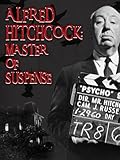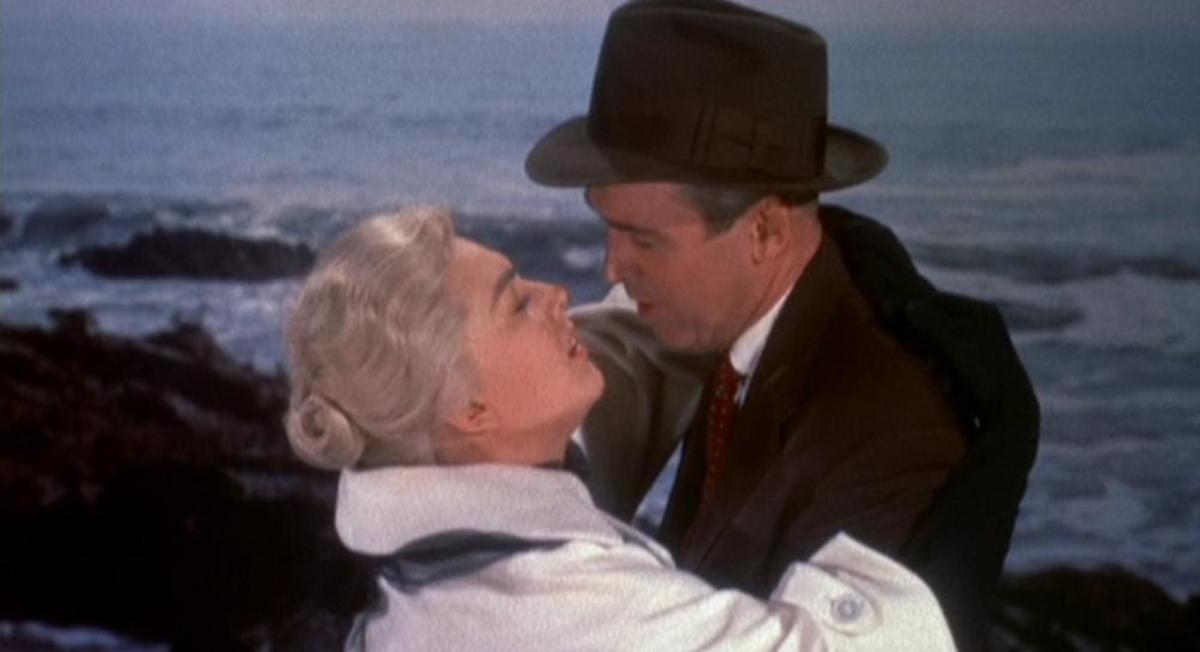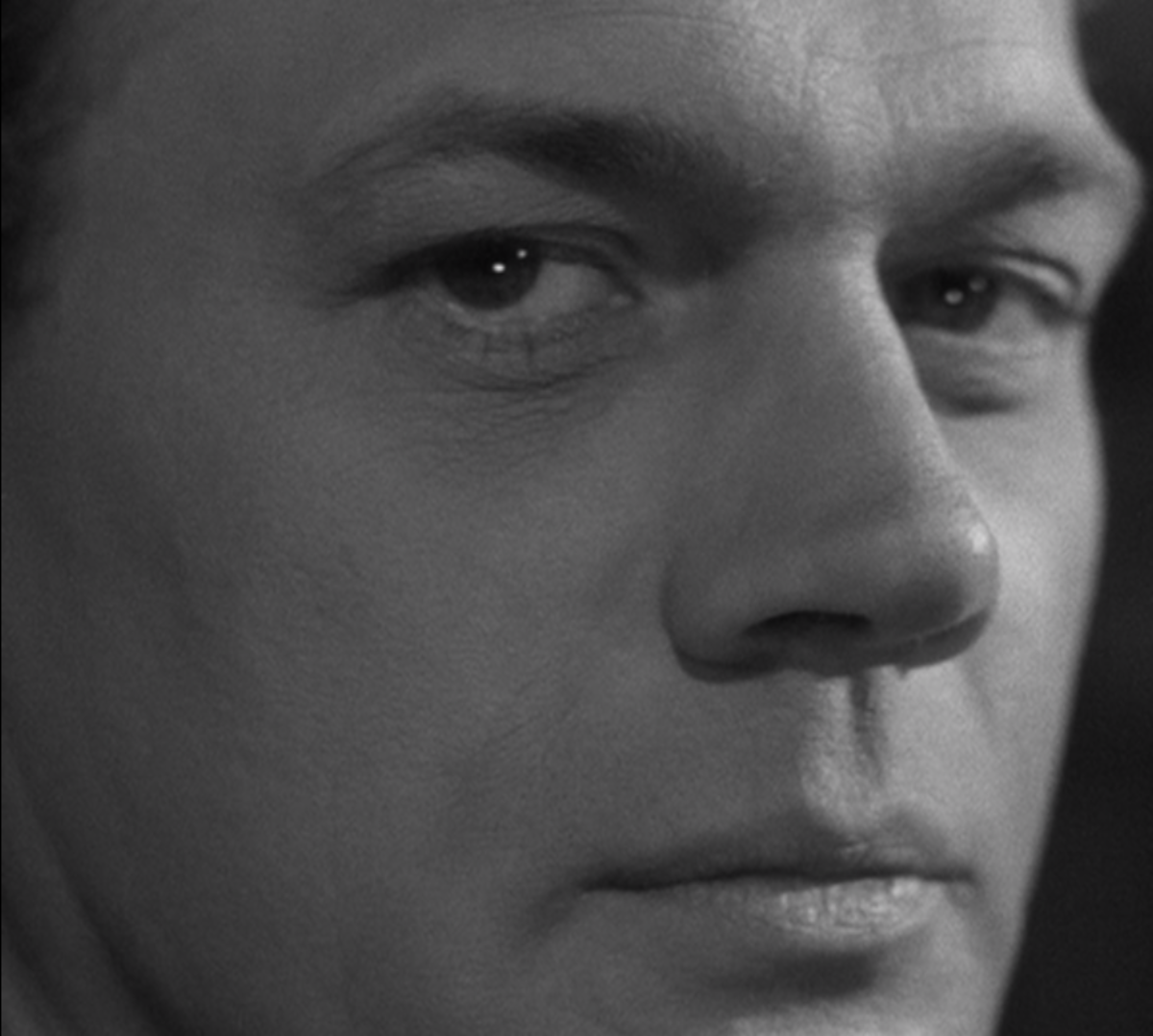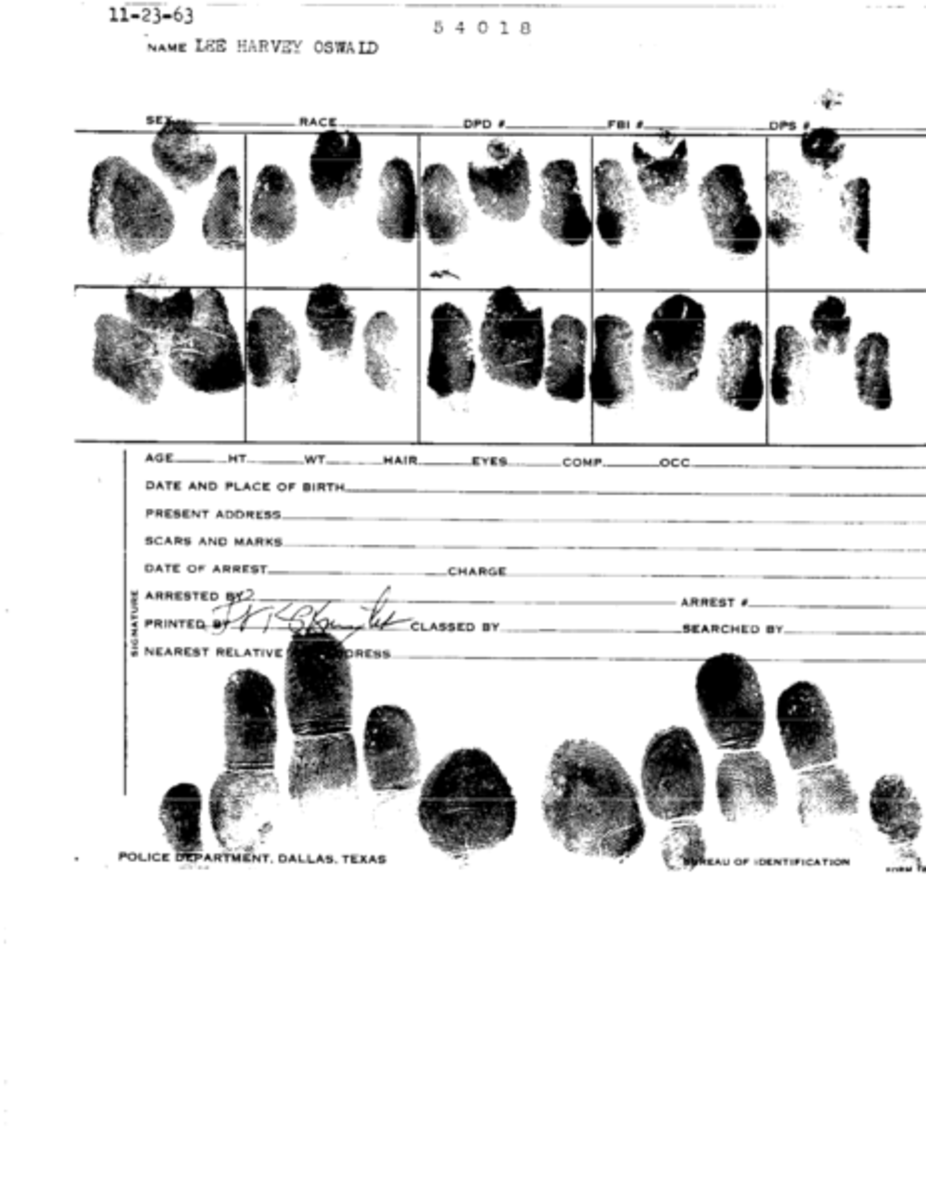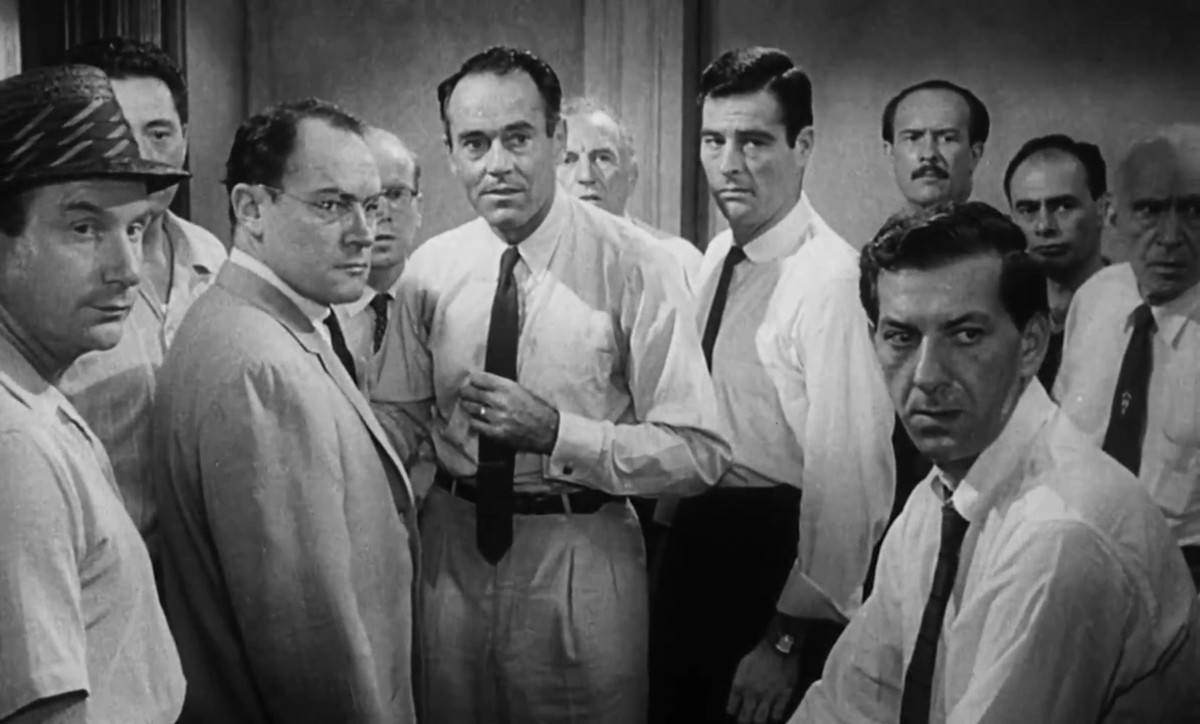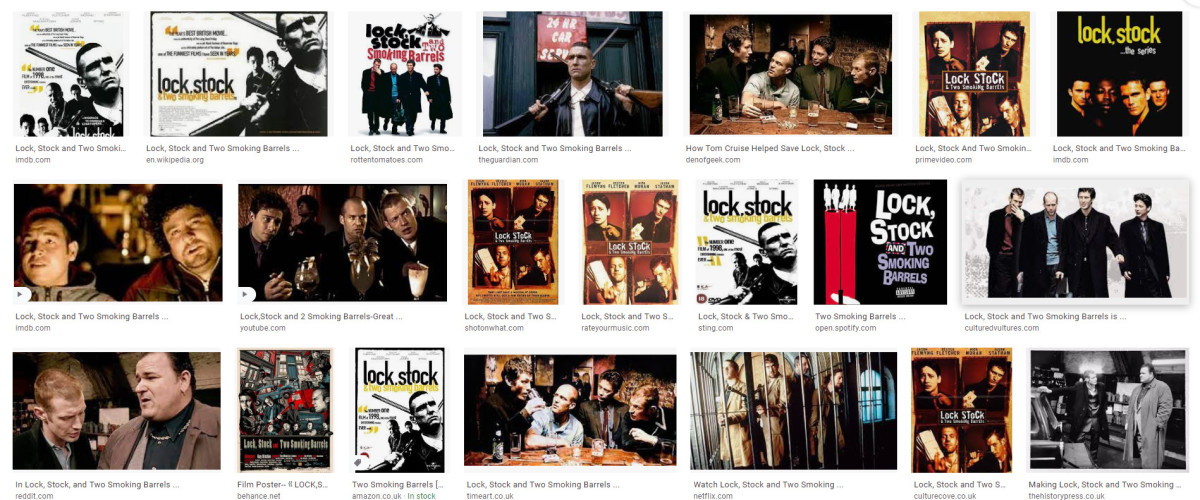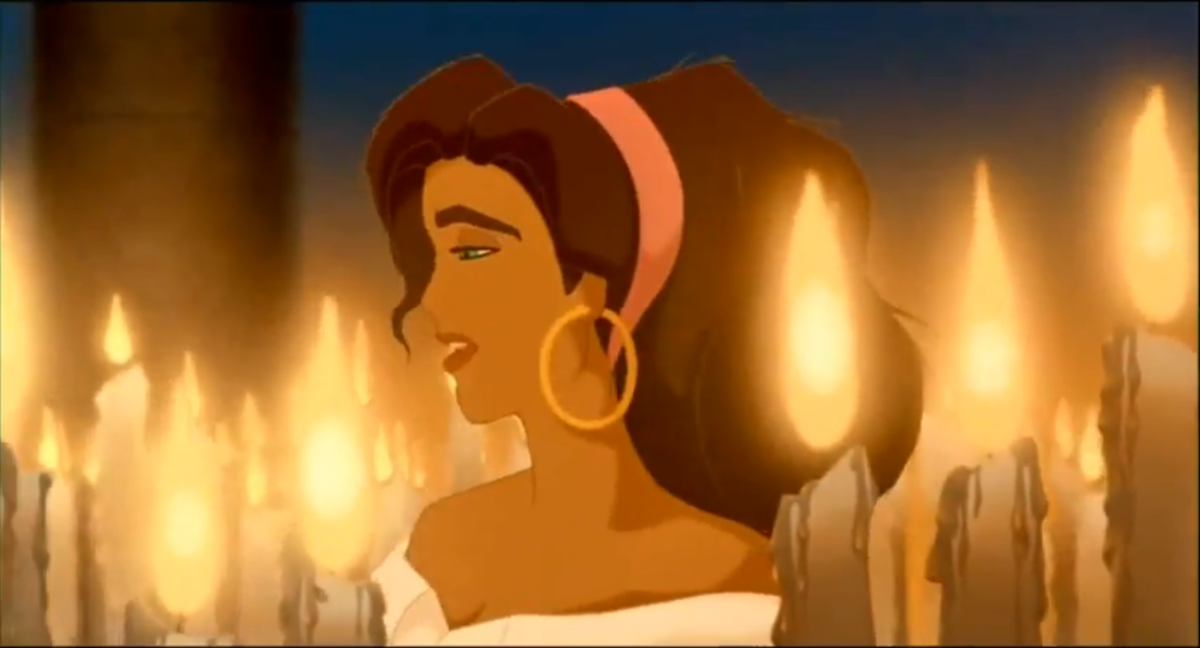Hitchcock's The 39 Steps
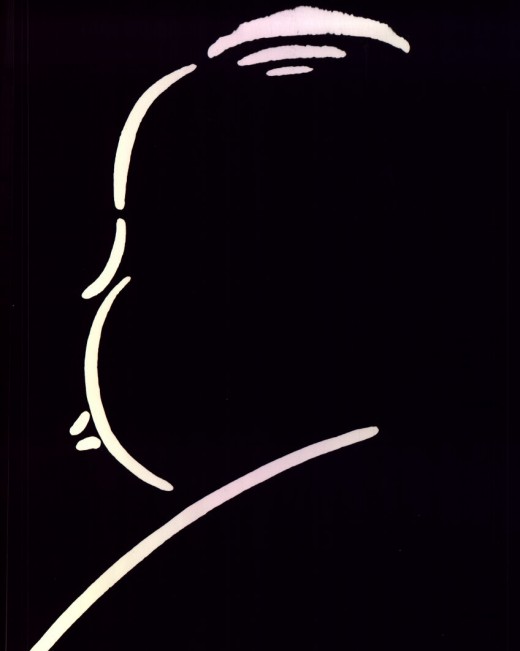
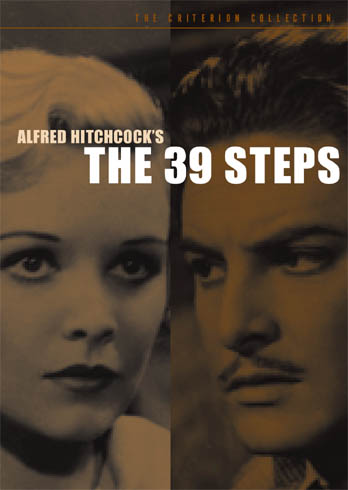
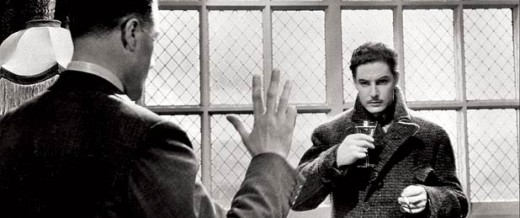
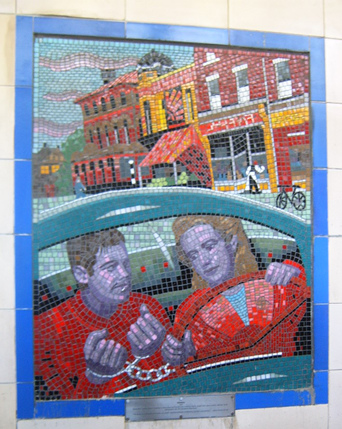
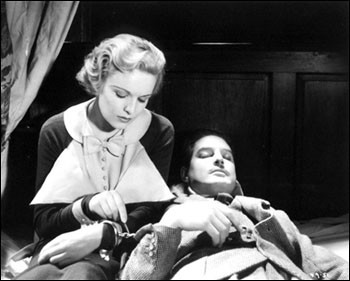
British film director, Sir Alfred Hitchcock, had a disturbing childhood, but by some fantastic twist, his early suffering was transformed into creative genius. When Hitchcock was a little boy growing up in Leytonstone, London, his father sent him, on occasion, to the local police station with a note saying that he should be shut away in jail for ten minutes as punishment for whatever crime little Alfred had committed against his father. The boy would sit there behind the bars, waiting and looking up whenever a police officer walked by, towering, shoes clicking ominously. And the minutes would tick away like eternities. Maybe the officers would say cruel things in jest, and eventually the heavy bars would creak open, and the boy would finally be let free.
In one of his first, and best, films, The 39 Steps, this traumatic experience is reflected through dramatic visuals and thematic ingenuity. There is a barred grate, which upon closer inspection, is actually the ticket taker at a London music hall. Then, with skewed continuity, the camera hones in close on a pair of men’s trousers walking from the ticket booth, the footsteps clicking, and we are now in the audience at the music hall behind the trousers and trench coat that we followed in; and the show begins with “Mr. Memory”. The trench coat turns out to be Robert Donat, who plays Richard Hanay, the hero of the movie. He sits in the middle of the audience, alone in a crowd. It is interesting to ponder how Hitchcock managed to direct all of these people at once; they are rather unruly - from another era - yet, so genuine and so British. It would seem that the director hand-picked these people off the streets of London. And, for the time-being, everybody is having a wonderful time.
Soon, however, there is trouble and our hero, Hanay, is out on the street in front of the music hall, but he’s been discovered by a beautiful, enigmatic woman. Donat was very enchanting in his own way without really acting directly to the camera, as say, Jimmy Stewart or Cary Grant would in later Hitchcock films. This film has a nice pace; slow, and then speeding up as the tension builds. There are elegant, Noir themes from shadowy, chiaroscuro halls and white, billowing curtains to jaunty hats and turned up collars. The beautiful woman, Annabella, is a mysterious foreigner who alludes to some counter-espionage duties, of which Hanay is skeptical. Eventually, there is a murder, and Hanay is the prime suspect, though he is innocent. Here begins the famous Hitchcock plot of the innocent man who must run from the police, and not only prove his innocence but find the real killers too. That Hitchcock does this with such immediacy, is a testament to those unfair, long-suffering minutes in the jail cell of his childhood. His heros, at any cost, will wrangle out of being locked behind bars. Hanay, in a scene of truly gifted timing, in terms of dialogue and tension, must get out of the lobby of his apartment building, which is decorated with elaborate bars, without being spotted by the real killers. His conversation with the milkman is a delight!
What follows is a long journey by train across magnificent bridges and over long, languorous Scottish hills. The train scenes are nothing short of magnificent: the grandiosity of the sleek, gray 20th Century locomotive, the misty smoke roiling into the station platform, the tall, black hats of the British bobbies, who are, incidentally, hunting for Hanay. I love the Scottish accents; as when Hanay is hiding behind a huge structure of the bridge, standing precariously above the glassy water miles below, an unsuspecting Scottish policeman, tired of searching for the murderer in the cold fog, yells to his buddy, “Ahh can ‘nah stond oot hairr any loongerr.” Hitchcock mingles the various peoples who make up the Island Race against a backdrop of grandeur, with monolithic, architectural structures.
Hanay manages to evade the bobbies, narrowly, and with no help from a beautiful blond named Pamela, played by Madeleine Carroll, who sternly points him out to the police. And even after scaling the Scottish moors and hiding under old, stone bridges in the green and misty hills, eluding the police once again, as well as the killers, Hanay runs into Pamela, as they are fated to be hand-cuffed together by their own would-be assassins. He says to her, “there are twenty-one million people on this island, and I have to run into to you.” (sound familiar? – Casablanca would be made twelve years later by another director). But Hanay and Pamela warm up to each other; I love the scenes in the bedroom of the little inn, where, lying on the bed – by necessity more than choice – Hanay jokingly explains to Pamela the origins of his life-of-crime. With his trilling, British accent, it is really funny! And Hitchcock lovingly portrays the Scottish innkeepers with colloquial accents of antiquity, the wife saying to her husband: “ya fool-ya, d’ya want ta give awey a yoong coople?”
The movie ends at the London Palladium, where poor old Mr. Memory must solve the crime. He does, though unwittingly, and Hanay and Pamela hold hands without the force of being cuffed. The film was made in 1935, and Hitchcock makes a compelling statement concerning the connections between the English and the Germans as well as the Scottish and Canadians - connections that were formed over centuries, and also as a result of the more recent First World War, which took place before the movie was filmed - but was a precursor to the war that was to take place imminently.
The movie was based on a book with the same title by John Buchan. An ambitious, intellectual Scotsman, he worked for The Times in the front lines during WWI and also for the War Office and for Intelligence. After the war, he spent his time as a prolific writer of articles, novels that were very popular, biographies and a history of the war. Hitchcock strays somewhat from Buchan’s original story, but the core remains absolutely recognizable, with welcome embellishes for the sake of artistic license. The book is a worthwhile read, especially if you like spy stories. I was pleasantly drawn-in by the easy-flowing narrative and then hooked by the end of the first chapter!


